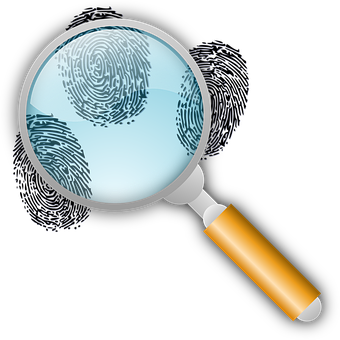
Check out the case of federal judge Harold Baer, who tossed out 80 pounds of cocaine and heroine found on drug traffickers when he ruled a police search illegal.
Often Americans gripe about criminals getting off on such “technicalities.”
But are they mere technicalities?
Catch criminals or protect privacy?
The Fourth Amendment seeks to balance the powers of government with individual rights, particularly privacy rights. But, like the Second Amendment, it’s another constitutional Rorschach test where changing times and technologies make decisions a moving target.
It reads:
The right of the people to be secure in their persons, houses, papers, and effects, against unreasonable searches and seizures, shall not be violated, and no Warrants shall issue, but upon probable cause, supported by Oath or affirmation, and particularly describing the place to be searched, and the persons or things to be seized.
Does this include cellphones? The Supreme Court said no in 2014 in Riley v. California. The founders also could not anticipate drones with high powered cameras spying on suspects, or searches of your google history or library records.
The case Mapp v. Ohio, 1961 established the “exclusionary rule,” whereby evidence found illegally is excluded from court. Chief Justice John Roberts would like the Mapp ruling overturned.
Protecting citizens from harassment was the purpose of the Fourth Amendment
How can America apprehend drug dealers or defeat radical Islamic terrorism when the system seems to put the rights of criminals ahead of security?
Are you wary of government power, like Thomas Jefferson, or fearful of individuals abusing their rights, like Alexander Hamilton?
American law has enduring principles that came from historical abuses of power. The colonists lived under the fear of having the King’s men come into their homes to search for anything incriminating any time they felt like it. The Fourth Amendment precludes that. It’s up to our citizens to decide how far to take it.
If this helped you understand American history any better, won’t you please share with others?
